To receive the Femtech World newsletter, sign up here.
Q&A
Asia: The hottest new femtech market
Countries like Singapore, Indonesia and Malaysia are set to make the most of the femtech boom

Femtech analytics predicts that the Asia-Pacific region will be seeing the world’s fastest growth in women’s health apps by 2026. We sat down with Lindsay Davis, co-founder of the FemTech Association of Asia, to find out how femtech is growing across Southeast Asia.
Hi, Lindsay. Tell us a bit more about the FemTech Association of Asia.
FemTech Association of Asia is the region’s first network for femtech founders, professionals, investors and enthusiasts uniting with a core focus on improving women’s health through technology solutions. Currently, FemTech Association of Asia members come from over 30 femtech companies across Southeast Asia, Japan and South Korea and members operate across over 10 categories – from menstrual care to menopause.
What is the role of the association?
The FemTech Association of Asia provides four key pillars for the femtech community in Southeast Asia: thought leadership, programming, amplification and community-building.
Women’s health has been under-researched, under-served and under-funded, so we work to address these challenges via our four pillars.
To narrow the research gap, we have our first consumer survey out in market, focusing on Singapore first to start. Our goal is to get critical mass of responses, so that we can provide a better understanding of the consumer landscape – how women manage their personal health, level of understanding of their healthcare needs, what they spend and what qualities are most important for consumers when selecting their treatment plans or providers.
Next, we have programming, which is an effective way of engaging the community and
focusing on what consumers need. We have everything from entrepreneur networking events – to get to know other people in the femtech space – to panels and guest speakers. These include topics like menopause and fertility, as well as founder training in strategic tech start-ups to help starting businesses with less experience.
Amplification is an important pillar, as it allows us to share our message and learnings with more people through media partnerships, thereby raising awareness of the industry and educating more consumers about what healthcare options can look like with the support of technology.
Finally, the critical pillar is community-building. If we don’t support our femtech community, then, of course, we would not have an association. Our goal is to have a growing and inclusive community for all to build networks and fulfil our mission to inspire collaboration.
What was the reason you established the association?
I heard about “femtech” through my network and wanted to learn more, but when I was researching how to get involved in the industry, I spotted the gap – there was not a professional association for femtech available.
With a strong sense of purpose fulfilled by supporting businesses that are creating women’s healthcare solutions through technology, building the FemTech Association of Asia felt like a perfect space to make immediate impact.
Upon further research and networking, I found high-growth potential companies, a dynamic founder community and untapped investment ecosystem. There has never been a better time to work in femtech and I believe Asia is the next significant industry growth opportunity – whether by investing in our regional start-ups, entrepreneurs launching new femtech businesses, local brands expanding into the region or overseas brands extending their reach and launching in Asia.
Where is the femtech sector more developed in Asia?
We are a small market. We only represent about 14 per cent of global femtech businesses, but Singapore has the most femtech companies in the region, with Japan and South Korea also with advanced femtech ecosystems. However, it’s exciting to see the rapid pace by which Asia is growing.
We see evidence of great potential with more founders starting femtech businesses and also geographical expansion. Several femtech businesses in Singapore are starting to expand into markets around us, into countries like Indonesia, Malaysia, and the Philippines and that’s exactly what we like to see – femtech building ecosystems across countries with inclusive solutions.
It is also worth noting the increased outreach in recent months from brands in Western markets looking to explore opportunities in Japan and Singapore.
Do you think that having an association is a powerful move to expand femtech?
Yes, voices being raised together are stronger than one. We have been motivated by so much powerful data coming out of the USA and so many incredible companies based in the UK and Europe. Sharing Asia’s femtech voice and brands globally- as we haven’t had as much presence in the femtech landscape before – is extremely important. We are able to say ‘Here are Asia’s leading femtech companies, market opportunities, regional trends, localised cultural nuances and more that need to be considered’.
In hindsight, how would you say the femtech sector has changed since establishing the association?
The work that we have done with the FemTech Association of Asia has created an awareness that wasn’t there before. Worth highlighting is corporate engagement about of what the FemTech Association of Asia can offer originated by individuals who are taking our mission back to their companies and saying: ‘This is valuable and impactful work and I’d like to partner with them to raise awareness of women’s healthcare needs’.
Community awareness has a ripple effect that is making a huge difference. For Singapore in particular (where we are starting our research), 49.8 per cent of current responses to our ongoing 2022 Consumer Survey say that they treat their health and wellbeing as a priority.
Around 29 per cent of women in Singapore say they would like to take better care of themselves, but do not know how. This indicates that women are prioritising their health more than ever and are pursuing solutions to do so, but also require education on healthcare needs and solutions available.
Much awareness comes from our content, through social media and our programming events. They are certainly not restricted to just people in the femtech space. We have enthusiast members from pharmaceutical and health companies, VCs and angel investors and any other industry you can think of. People are now aware that we have businesses with a central network through the FemTech Association of Asia, and it’s easier for interested parties to reach out to and learn more about our members.
We’ve seen more amplification since the FemTeh Association of Asia has launched and more collaboration and partnerships. The industry in Singapore and globally has been incredibly inclusive, for example, inviting us to events, to partake in panels or contribute to media features and to meet with various investment networks.
What’s next for the FemTech Association of Asia?
We have a few key milestones in our roadmap for 2022. We want to continue to strengthen our four pillars to inspire more entrepreneurs to start businesses and more corporate partnerships, given the support of the FemTech Association of Asia community and we also want to explore launching the FemTech Association of Asia further, as well as encourage more investment in femtech by bringing more research-led thought leadership.
It will certainly be a busy rest of the year!
For more info, visit the FemTech Association of Asia.
News
Women missing cardiac rehab despite key benefits, study finds

Women are underutilising cardiac rehabilitation programmes despite clear evidence they reduce hospital readmissions and the risk of future heart attacks, new research shows.
Even when women do join these exercise, lifestyle and education programmes after heart surgery or major cardiovascular events, they are less likely than men to complete them.
An American Heart Association scientific statement highlights the benefits of cardiac rehabilitation, barriers to access, and potential ways to increase participation among women.
It was co-authored by Jessica Golbus, a cardiologist at the University of Michigan Health Frankel Cardiovascular Center.
Cardiac rehabilitation combines supervised exercise sessions, education about heart-healthy living, and counselling to reduce stress and improve mental health following a cardiac event.
Patients typically attend several sessions a week for multiple weeks or months.
Golbus said: “Even when women do participate, the research tells us that they are still less likely to complete cardiac rehabilitation as compared to men.
“There are several barriers that women face to accessing cardiac rehabilitation, and existing programmes may fail to adequately address their specific needs.”
Women are referred for cardiac rehabilitation less often than men, with clinicians less likely to discuss it with female patients.
This gap is even wider among women from underrepresented racial groups.
Other barriers include insurance coverage, transportation problems, social isolation and caring responsibilities.
Women are more often the primary caregivers in families, which can make attending regular sessions difficult.
Research shows women who do take part benefit just as much as men — with lower blood pressure, better cholesterol levels and an improved quality of life.
Golbus said: “There is so much research that shows how cardiac rehabilitation is an essential tool for patients to optimise their recovery.
“I would encourage anyone who thinks they might be eligible for cardiac rehabilitation to talk to their clinical team and consider participating.”
Women recovering from cardiac events often have specific needs that existing programmes do not always meet.
They are more likely than men to experience depression and emotional distress after a heart event, and tend to be older at diagnosis, with additional health conditions that may restrict their exercise capacity.
They are also more likely to be referred following less common cardiovascular conditions such as coronary artery dissection — a tear in the wall of a heart artery — rather than the more typical heart attacks that usually lead to referral.
Golbus said: “Despite women having some unique needs, the research supports that all patients that qualify for cardiac rehabilitation have the potential for benefit.”
The statement outlines several ways to close the participation gap.
Automatic referral systems could significantly boost enrolment, while direct recommendations from physicians or case manager support have been shown to improve awareness and attendance.
Golbus said: “All of this points to a clear need for targeted interventions to improve cardiac rehabilitation participation and outcomes among women.
“I think the approach needs to be multi-faceted.”
Tailored programmes for women could help — such as offering a wider range of exercise options, more focused education and stronger psychosocial support.
Peer support groups after cardiac diagnoses are also linked to better quality of life and lower depression and anxiety scores.
Golbus said: “Women may also benefit from a peer support group after a cardiovascular diagnosis or event.
“Participating in those groups is linked to increased quality of life and lower depression and anxiety scores, which all affect cardiac rehab attendance.
“Finally, there is reason to explore virtual cardiac rehab that incorporates digital health technologies.
“This could eliminate the need for transportation to sessions and potentially improve access for patients who are unable to attend centre-based cardiac rehabilitation.”
Q&A
How this rising startup says bye to Dr. Google and Prof. TikTok
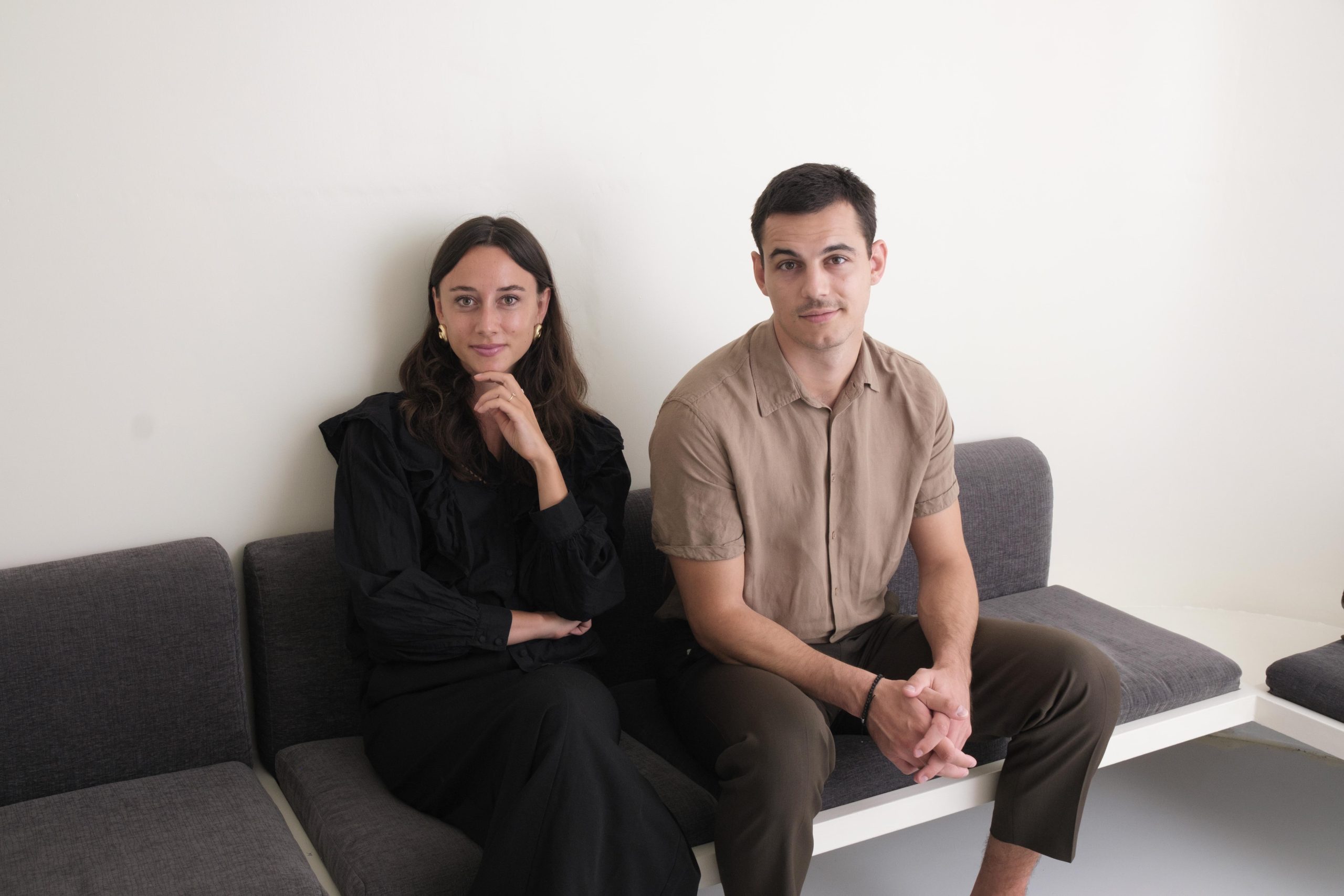
The way we look for health information has changed a lot.
Search engines are full of confusing advice, and more and more people are turning to TikTok for answers, even though it’s risky.
Lina felt this struggle herself— being disappointed by multiple first time visits of various doctors she spent hours scrolling through Google and TikTok, trying to find reliable health information after not having a period for years.
Her frustration led to the creation of femble—a platform for womens health that allows you to find and follow health-experts within seconds.
Here, the founders Lina Graf and Daniel Steiner tell us more about the journey and why femble transforms our access to health information.
Lina, what was the founding idea behind femble?
We all have googled symptoms and thought “this is nonsense” or “it’s annoying to go through all those pages”.
This is particularly true for women who still are often dismissed by our health-care systems and have to rely on digital sources.
The concern is that TikTok is increasingly replacing Google as the go-to source for health questions among Gen Z, which brings its own set of risks.
So we face the issue of needing quick access to engaging information, but also making sure it’s valid.
With femble, we close this gap by enabling health-experts to build a digital presence while enabling women* to search and find valid information in a second.
Daniel, what motivates you to build femble even though the end result might not be helping you directly?
First of all thanks for having us and doing what you do.
Secondly I see a massive need and obligation of a new generation of men challenging systems that ultimately mostly other men have built.
This also accounts for the health-care system. And besides that, there have been other men in the fem-tech way before me – be it the founders of Flo health or the co-founder of Clue.
Ultimately working together, no matter what gender is even anchored in our name: femble. Fem for female, ble for ensemble – together.
What’s the market potential for femble, especially considering the current state of healthcare systems, Lina?
Healthcare systems are facing immense pressure globally, leading to a decline in quality and health literacy.
femble steps in as a solution by directly connecting women with expert-verified health information, increasing health literacy and guiding patients to the right resources.
For doctors/health-experts, this means a more efficient use of their time, allowing them to focus on quality care while reaching a broader audience through our platform.
This approach has the potential to significantly enhance doctor patient connection.
By empowering both patients and doctors, femble is set to make a significant impact in the healthtech landscape.
Daniel can you give us some insights on how the platform works exactly again? Do I get answers to specific questions or insights based on my profile?
Right now, femble offers a feed with verified knowledge from health experts, similar to how you’d consume social media content.
Our next phase is launching a search engine feature, enabling users to search for specific questions and content.
Then users can really find and follow health-experts within a second – you get to know a team of experts before you even had an appointment with them so to speak.
How many users and experts are on the platform by now?
We have thousands of monthly users and dozens of experts who are already building their following on femble.
What’s exciting is that over 55 per cent of our users engage with the platform weekly.
We’re starting to receive a lot of requests by various health-experts who want to educate their own patient base better and get guidance on how to create video-content.
So figuring out how to scale and automize health-expert onboarding is a challenge we currently work on and you can expect to see many more experts on the platform within the next couple of weeks and months.
Sounds amazing. Last question: What’s your vision for femble?
femble aims to make health as accessible as TikTok, but as trustworthy as a doctor’s office.
Our vision for femble is that it becomes the number one search engine for health questions and enables us all to continuously find trustworthy information – also meeting the demands of today’s generations.
Find out more about femble at femble.co
Q&A
Femasys founder Kathy Lee-Sepsick on entrepreneurship and the need for innovation in women’s health
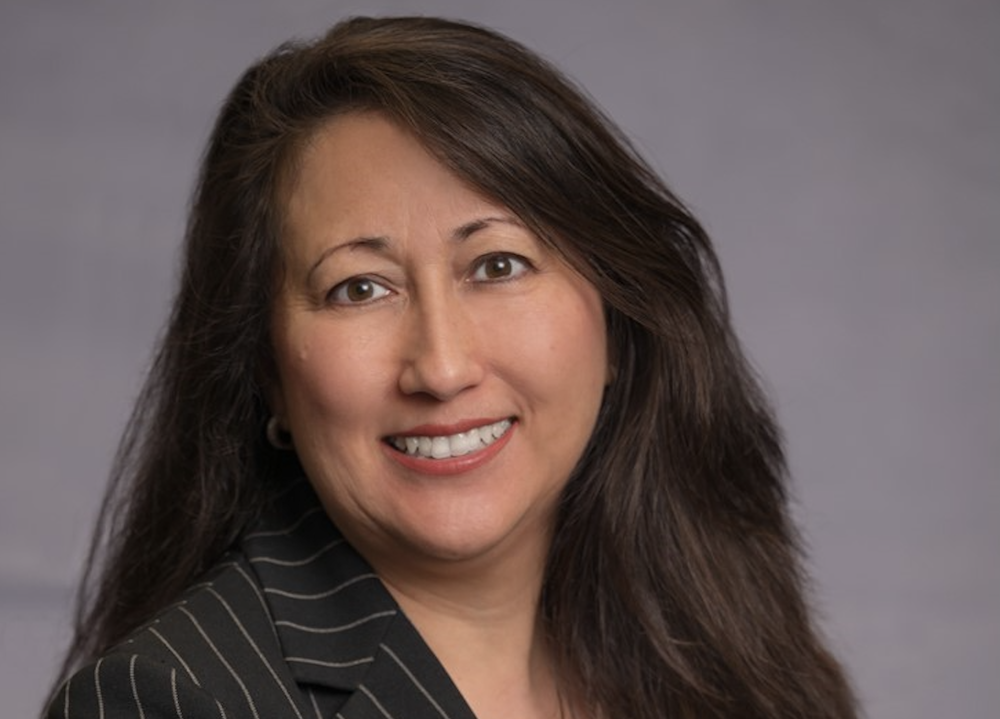
Kathy Lee-Sepsick, founder and CEO of the biomedical company Femasys, opens up about her entrepreneurial journey and what nearly three decades of experience as a top medtech executive have taught her.
Could you tell us about your background and how you got into women’s health?
I spent 10 years in various leadership roles at medtech companies focused in the cardiovascular and orthopaedics specialties. During this time, I realised how underserved the women’s health area was in comparison and the available solutions for reproductive health needs, specifically in permanent birth control were unsuitable.
With inventions that I felt were revolutionary to address the unmet needs in critical areas of reproductive health, I made the decision to start Femasys in 2004.
What inspired you to create Femasys?
I was inspired by my daughters and desire to create solutions that would offer women suitable reproductive health options in areas that have seen little-to-no innovation.
In addition to realising a widespread global need, I personally faced the same challenges as others when I encountered inadequate options for my own reproductive care. I believe Femasys has the potential to create lasting change.
How would you describe Femasys in a few words?
Femasys is a female-founded and led biomedical company focused on empowering women worldwide as they seek solutions throughout their reproductive journeys by providing revolutionary products that are affordable and accessible.
How would you describe the impact and importance of your work?
Technological advancements in female reproductive health are long overdue, which has driven our focus to develop in-office, accessible, and innovative options. The work we are doing in infertility and permanent birth control are game-changers and have the potential to transform the landscape for women, couples, and their families.
Our work is so important because no one else is focused in advancing these much-needed technologies, which has the opportunity to impact women for generations to come.
People may be thinking ‘How is Femasys transforming women’s healthcare worldwide?’. What’s your response to that?
The product solutions we are advancing address issues women are facing worldwide. We are dedicated to not only helping women here in the US but around the globe as we work to amass country approvals for our product initiatives.
As a small emerging company, the allocation of resources and funds for this effort demonstrates our commitment.
What is the best part about being an entrepreneur in this space?
It is hard pressed to find a space in healthcare that is this neglected, so the best part is knowing every day that the work we are doing has the potential to make such a significant impact worldwide. Executing on our mission is a constant responsibility that bears immeasurable satisfaction as we achieve our goals.
What is your greatest achievement since establishing Femasys?
My greatest achievement since establishing Femasys is making our products available to women in the US and other countries outside the US as we gain regulatory approvals of our important technologies.
This includes FemaSeed for the next generation of artificial insemination, FemVue for diagnosis a woman’s fallopian tubes with ultrasound, and FemCerv for obtaining a comprehensive tissue sample for diagnosis of cervical cancer.
-

 Wellness3 weeks ago
Wellness3 weeks agoDozens of women report suffering painful burns after using Always sanitary towels
-

 News4 weeks ago
News4 weeks agoWomen’s health innovations recognised in TIME’s Best Inventions 2025
-
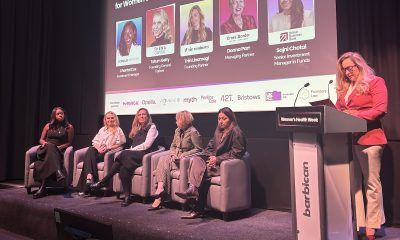
 News3 weeks ago
News3 weeks agoCutting through the noise in femtech – key takeaways from Women’s Health Week 2025
-
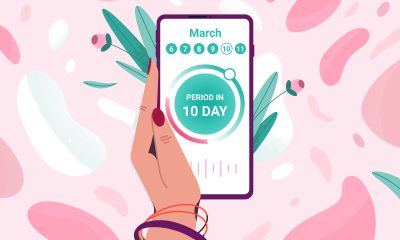
 Adolescent health4 weeks ago
Adolescent health4 weeks agoMenstrual cycle affects women’s reaction time, study finds
-

 Fertility in Focus2 weeks ago
Fertility in Focus2 weeks agoAI embryo selection tool wins European approval
-
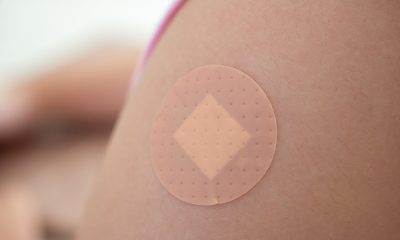
 News2 weeks ago
News2 weeks agoTestosterone patch shows promise for menopausal women
-

 News3 weeks ago
News3 weeks agoScientists develop breakthrough approach to detecting endometriosis in menstrual blood
-

 Features2 weeks ago
Features2 weeks agoFrom SEO to GEO: How women’s health brands can get found in the age of AI













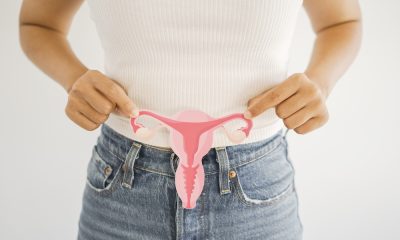












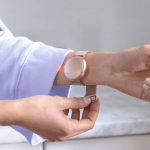
Pingback: Femtech Market Map of Southeast Asia 2022 - Best Beginner & Couple First Sex Toys Shop | Discreet Delivery Singapore
Pingback: Femtech Association Asia appoints Maaike Steinebach as co-CEO - FemTech World